How a Screw Press Sludge Dewatering Machine Works
The screw press sludge dewatering machine operates on a simple yet effective mechanism. It consists of a rotating screw that transports sludge through a cylindrical sieve. The key components include:
Inlet Hopper: The sludge is fed into the machine through an inlet hopper. The sludge may come from various sources, including municipal wastewater treatment plants, industrial processes, or food processing facilities.
Screw Conveyor: The screw conveyor inside the machine plays a crucial role in pushing the sludge through a tapered screen. As the sludge moves through the press, the screw moves in a helical motion, which increases pressure and forces the water to be squeezed out of the sludge.
Filter Drum or Screen: The cylindrical screen allows water to pass through while retaining the solid particles of sludge. The screen typically has varying levels of mesh size to handle different types of sludge.
Pressure Zone: As the sludge continues to move through the press, the gap between the screw and the filter decreases, applying more pressure and increasing the efficiency of water extraction.
Dewatered Sludge Cake: Finally, the dewatered sludge exits the machine in the form of a relatively dry sludge cake. The water that has been separated from the sludge is collected and can be further treated or discharged safely.
Benefits of Using Screw Press Dewatering Machines
High Efficiency: Screw presses are highly efficient at dewatering sludge compared to traditional methods such as centrifuges or belt filter presses. The compact design and continuous operation make them ideal for processing large volumes of sludge.
Low Energy Consumption: One of the main advantages of screw press systems is their low energy consumption. Unlike other dewatering methods that require significant amounts of power (such as centrifugal force), screw presses operate with minimal energy, making them a cost-effective solution.
Low Maintenance: Screw press dewatering machines are relatively easy to maintain. With fewer moving parts and a simpler design compared to alternatives, the need for repairs and downtime is reduced, leading to lower operational costs.
Versatility: These machines are capable of handling a variety of sludge types, including municipal, industrial, and agricultural sludge. They can also be adjusted to handle different flow rates and sludge concentrations, providing flexibility to meet different needs.
Reduced Sludge Volume: By significantly reducing the water content in the sludge, the volume of material that needs to be disposed of is greatly reduced, leading to lower disposal costs. The end product is a dry, solid cake that can be more easily handled, transported, and even reused in some cases.
Applications of Screw Press Sludge Dewatering Machines
Screw press sludge dewatering machines find applications in a wide range of industries, including:
Municipal Wastewater Treatment: In municipal settings, these machines help in managing the sludge generated during the treatment of wastewater. The dewatered sludge can be disposed of in landfills or used as compost if treated further.
Food and Beverage Industry: The food industry often generates large volumes of organic waste and wastewater that require dewatering. Screw presses are commonly used in these industries to handle effluents and produce dewatered sludge that can be processed or disposed of more efficiently.
Chemical and Pharmaceutical Industries: These industries produce sludge that must be treated before disposal. The screw press machine offers a reliable solution for these types of effluent treatment.
Agricultural Sludge: The agricultural industry generates organic waste that needs to be managed carefully. Dewatering equipment helps to reduce the volume of sludge for easier composting or incineration.

Eco-friendly Solid-Liquid Separation Spiral Screw Sludge Dewatering Machine QXDL-301

 ENG
ENG
 English
English русский
русский Español
Español Tiếng Việt
Tiếng Việt ไทย
ไทย
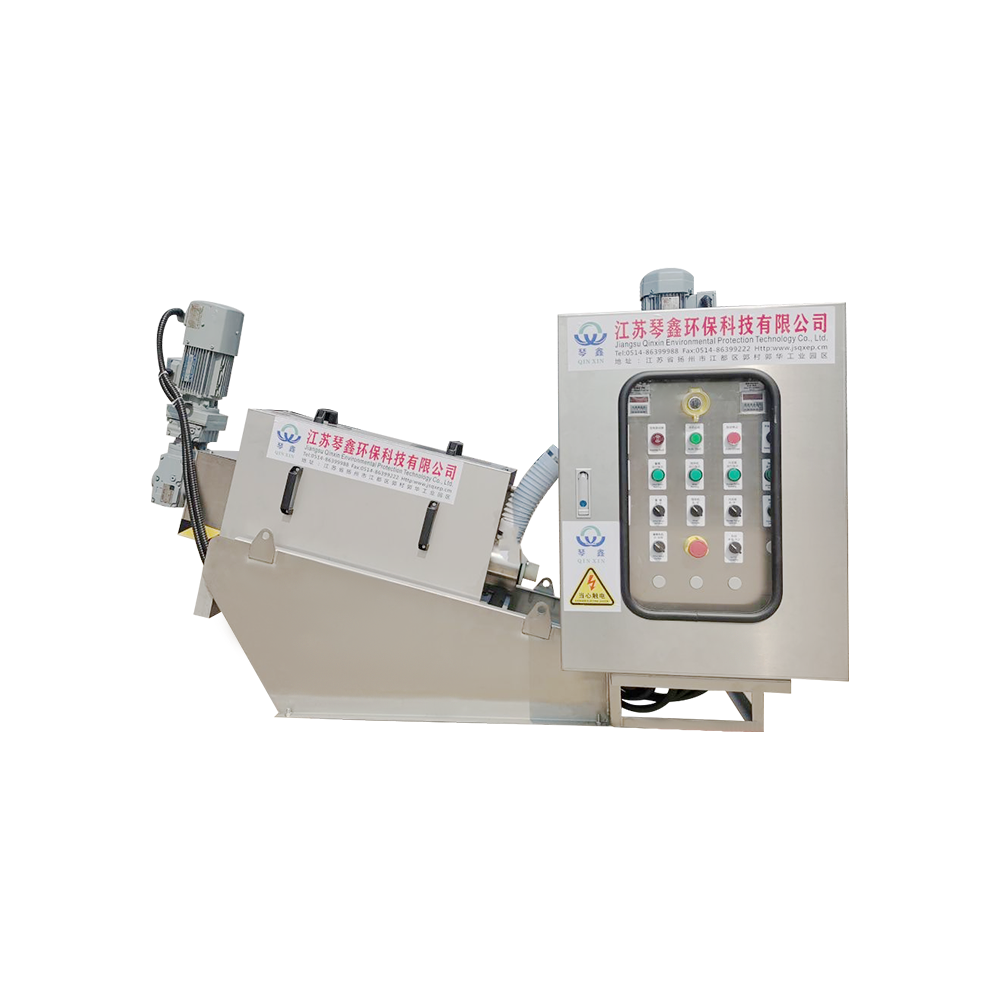
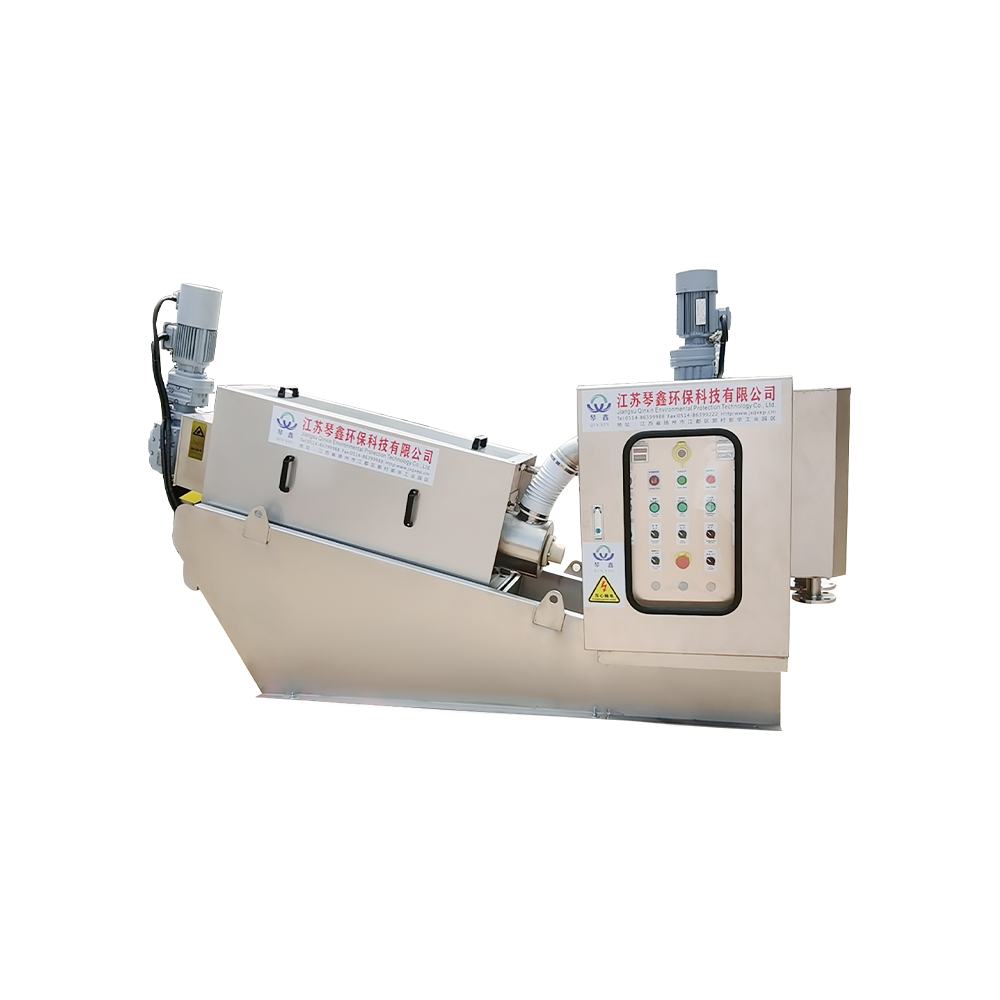

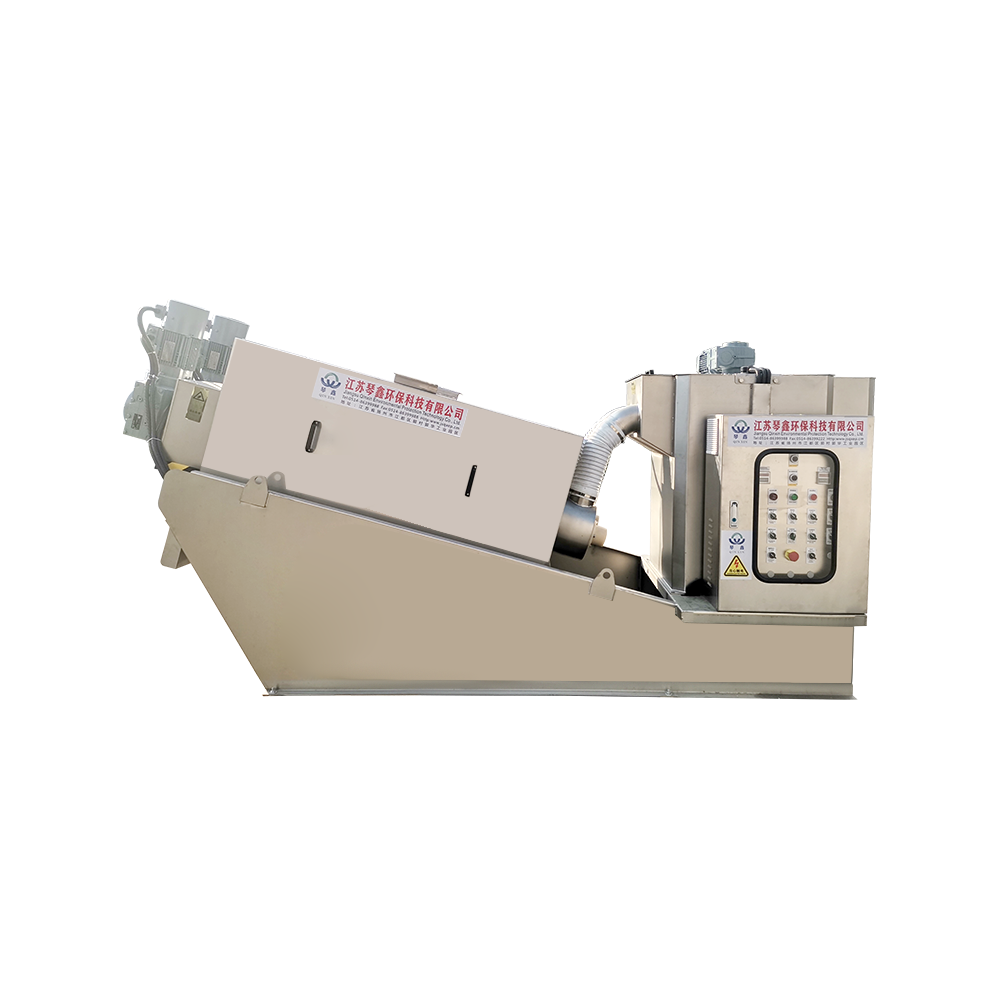

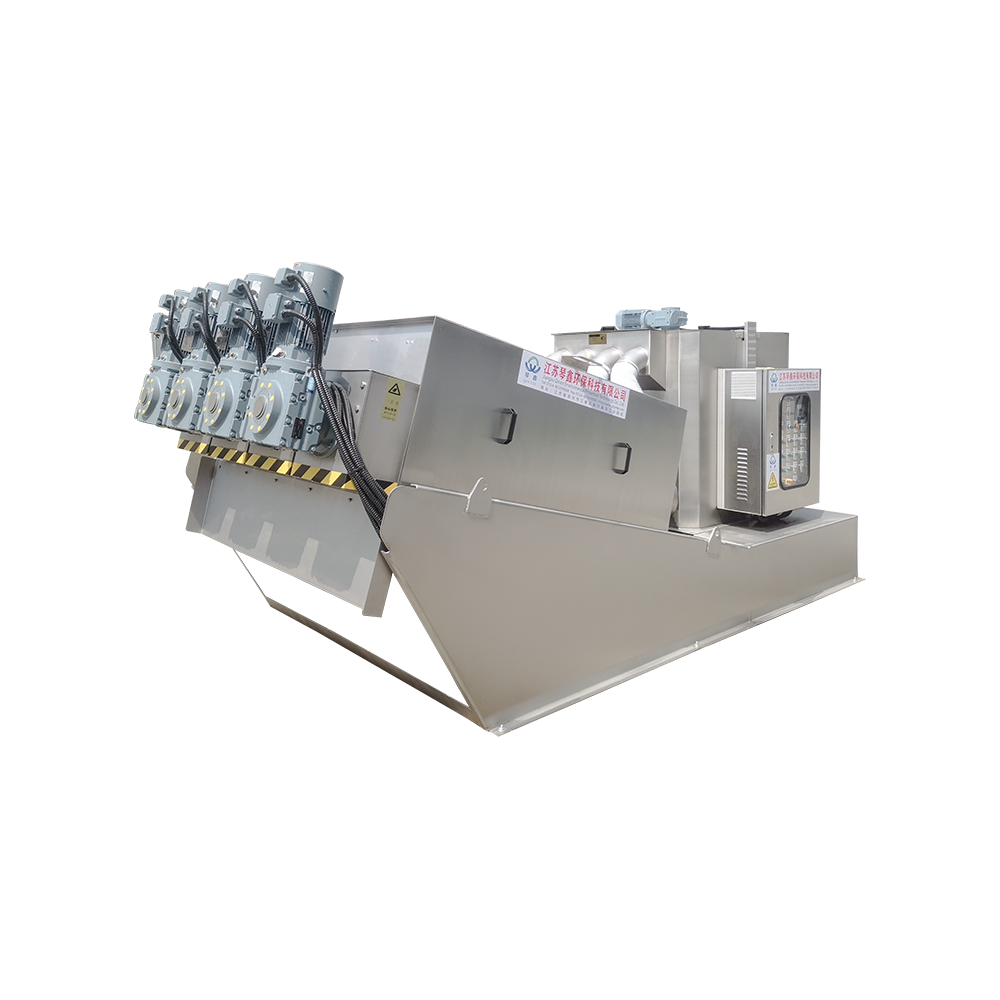
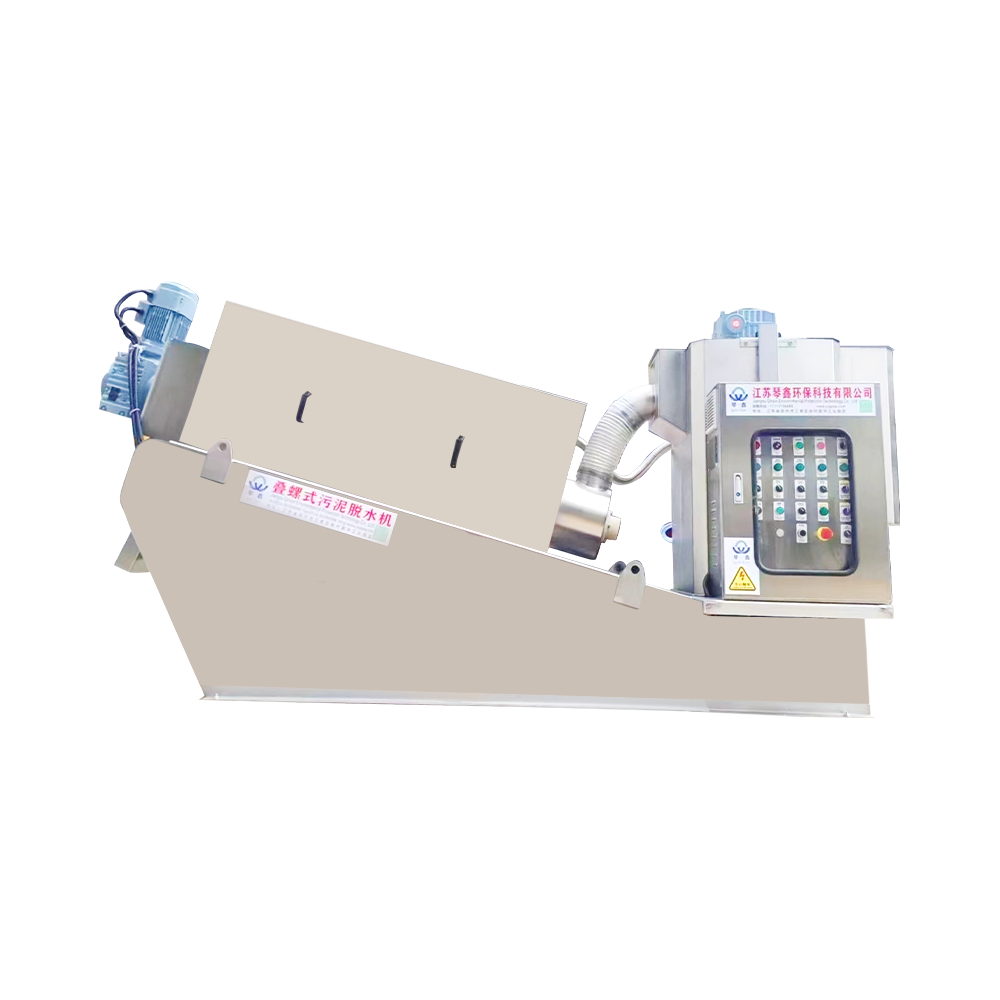
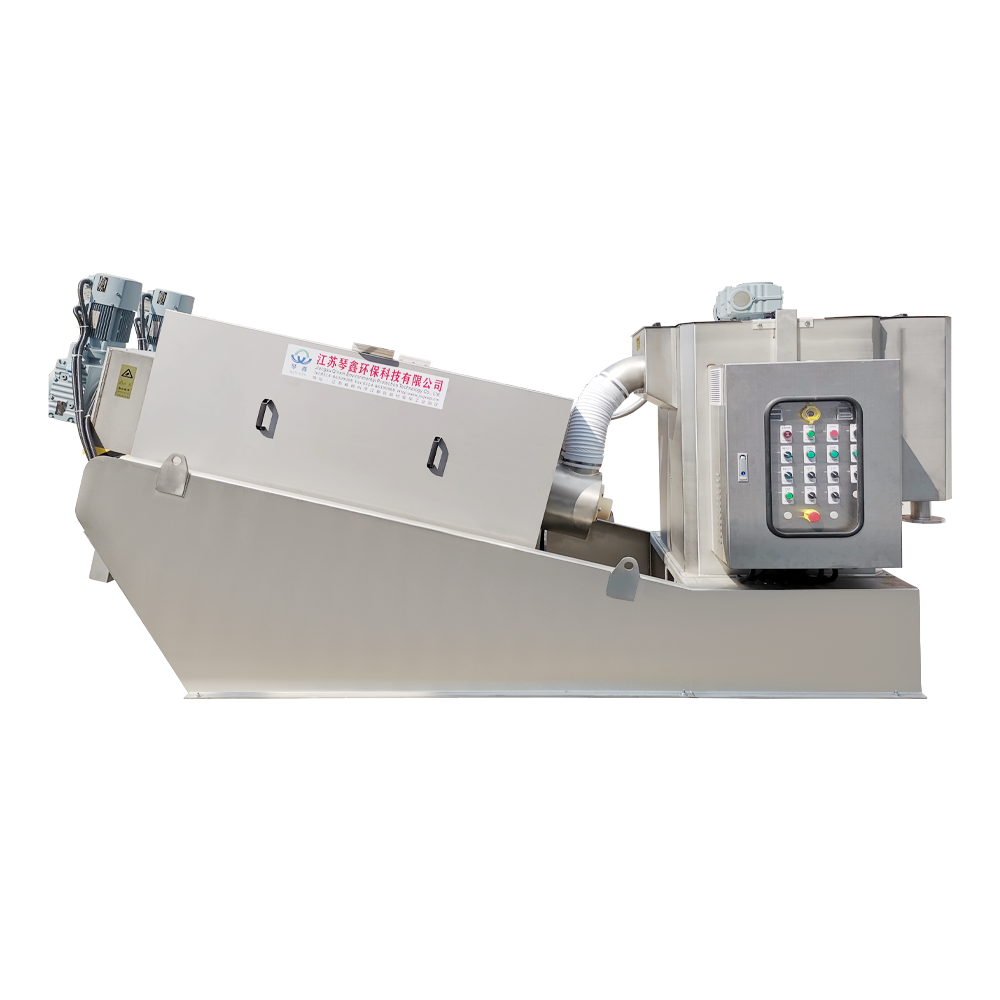
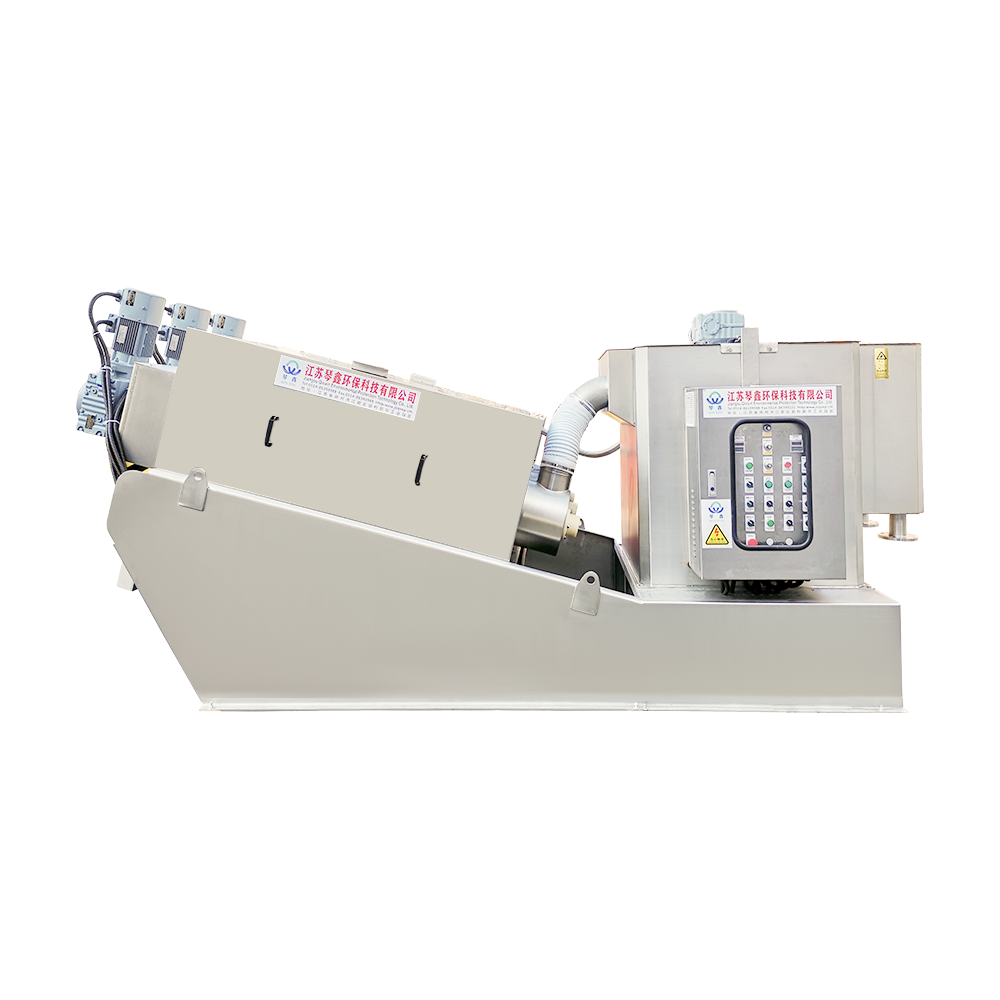
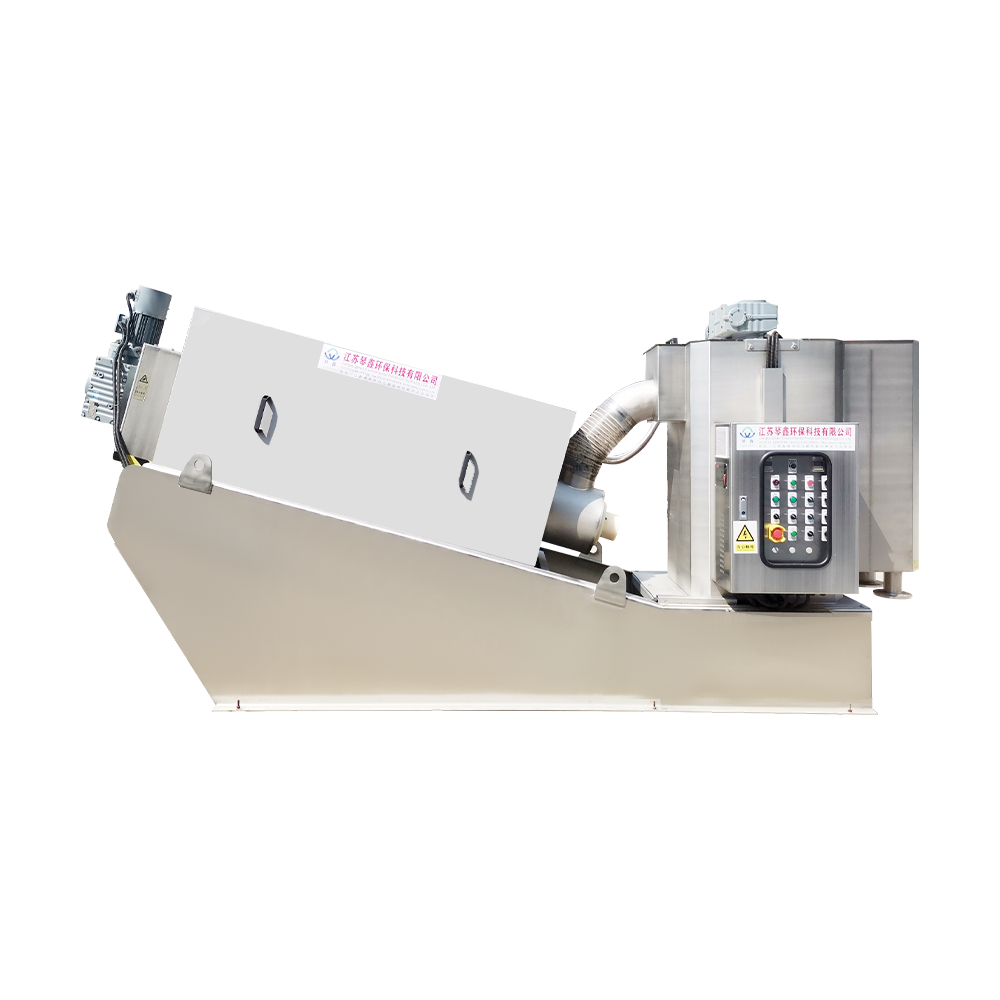

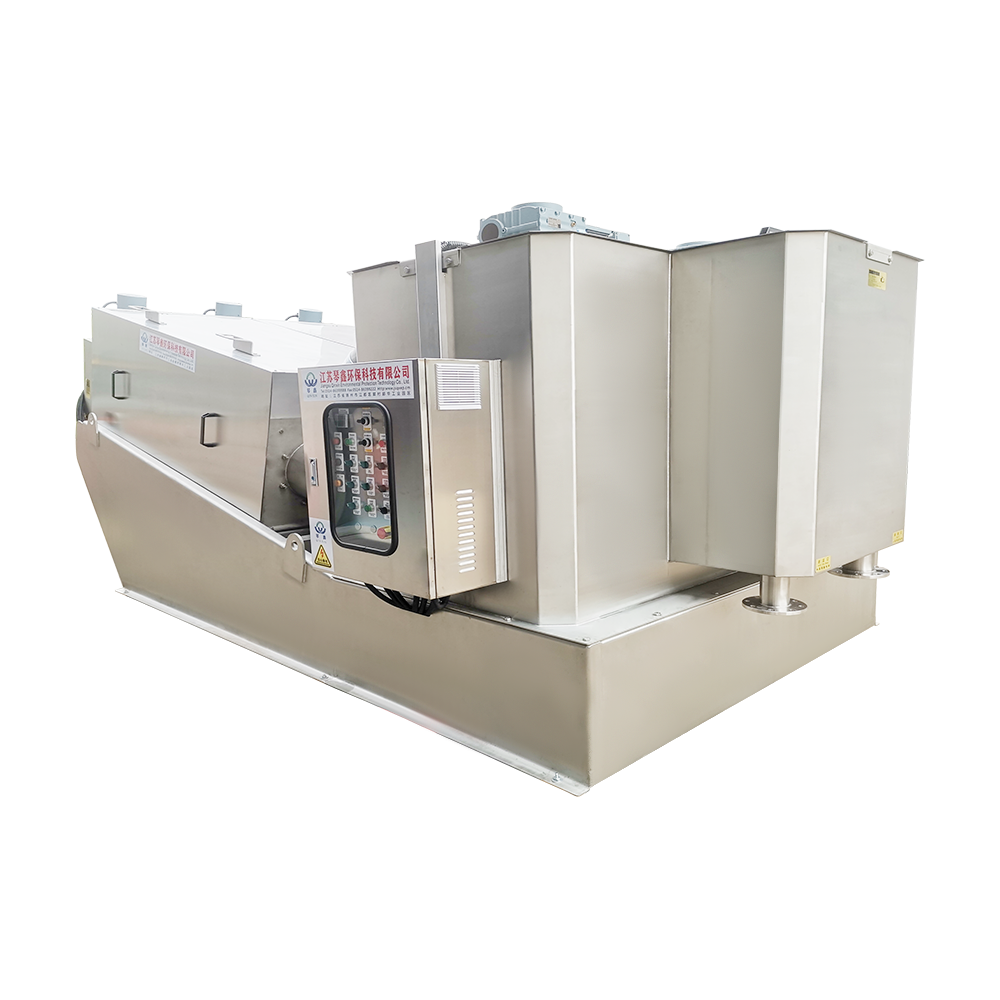
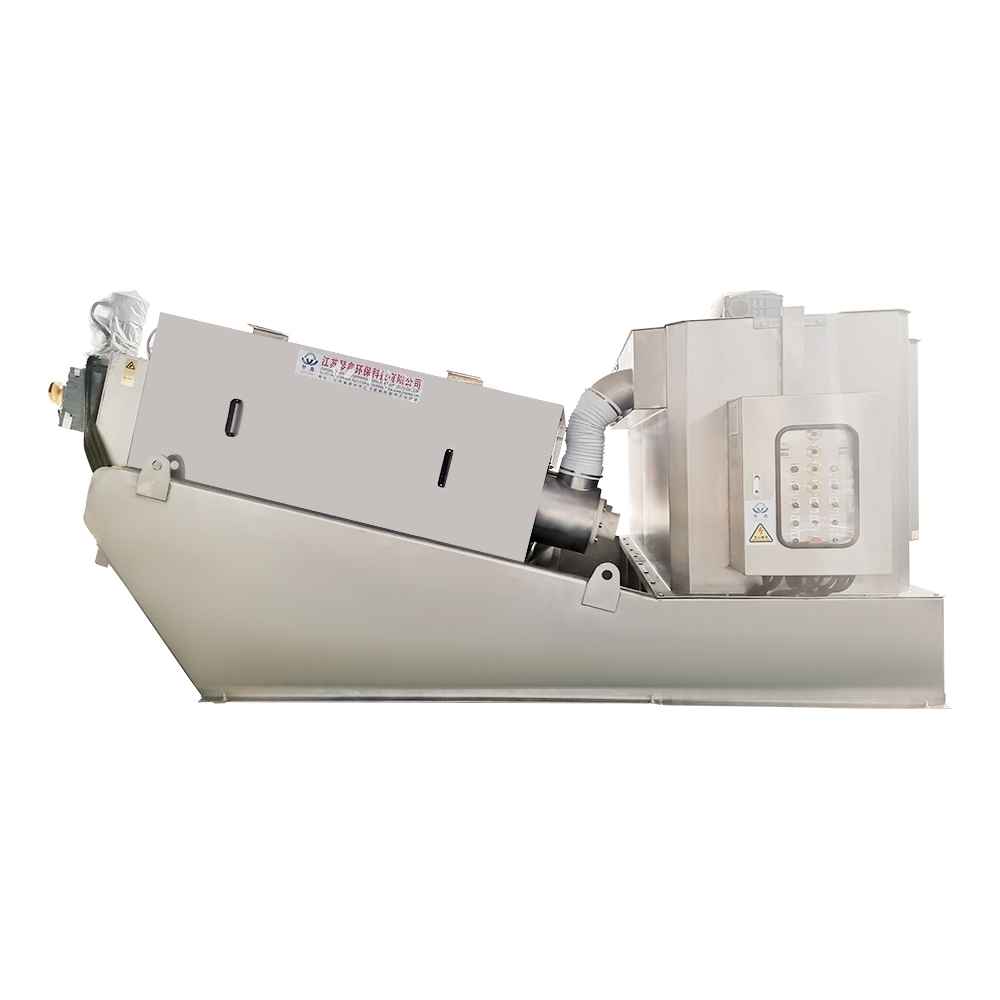
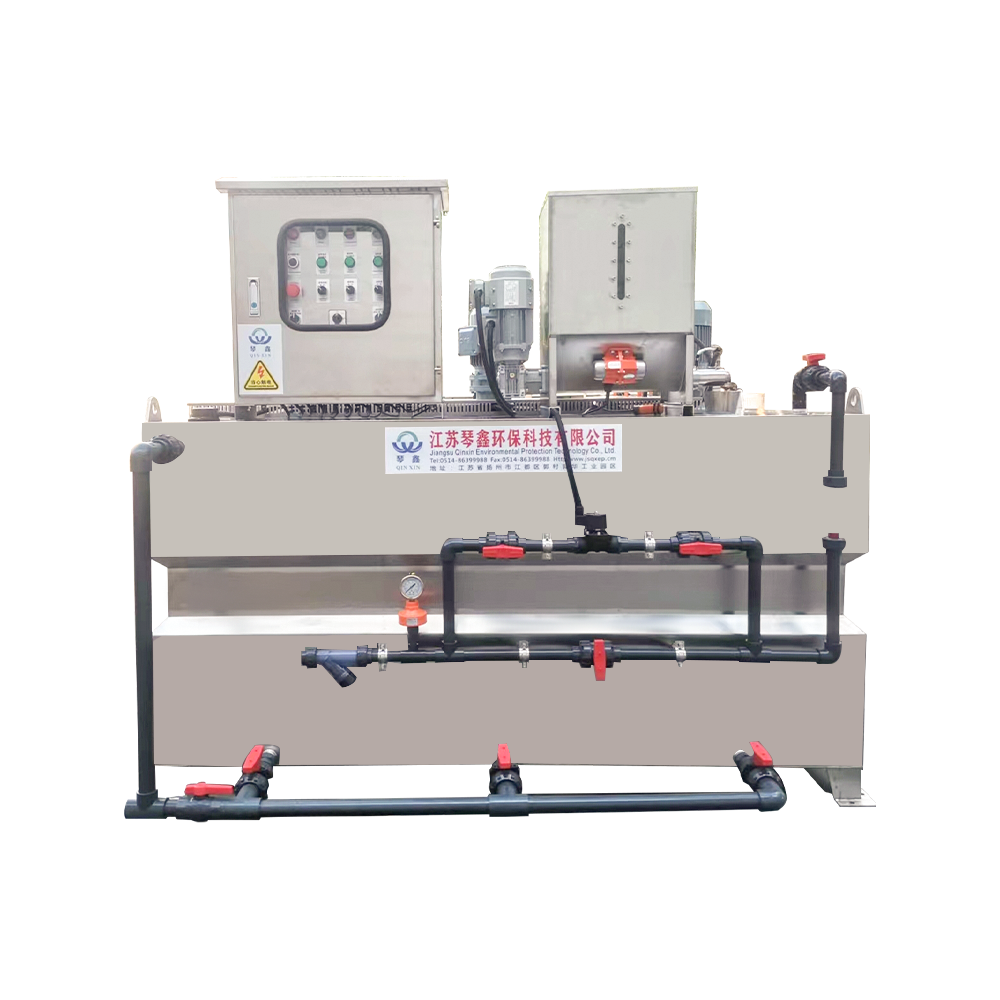

 TOP
TOP